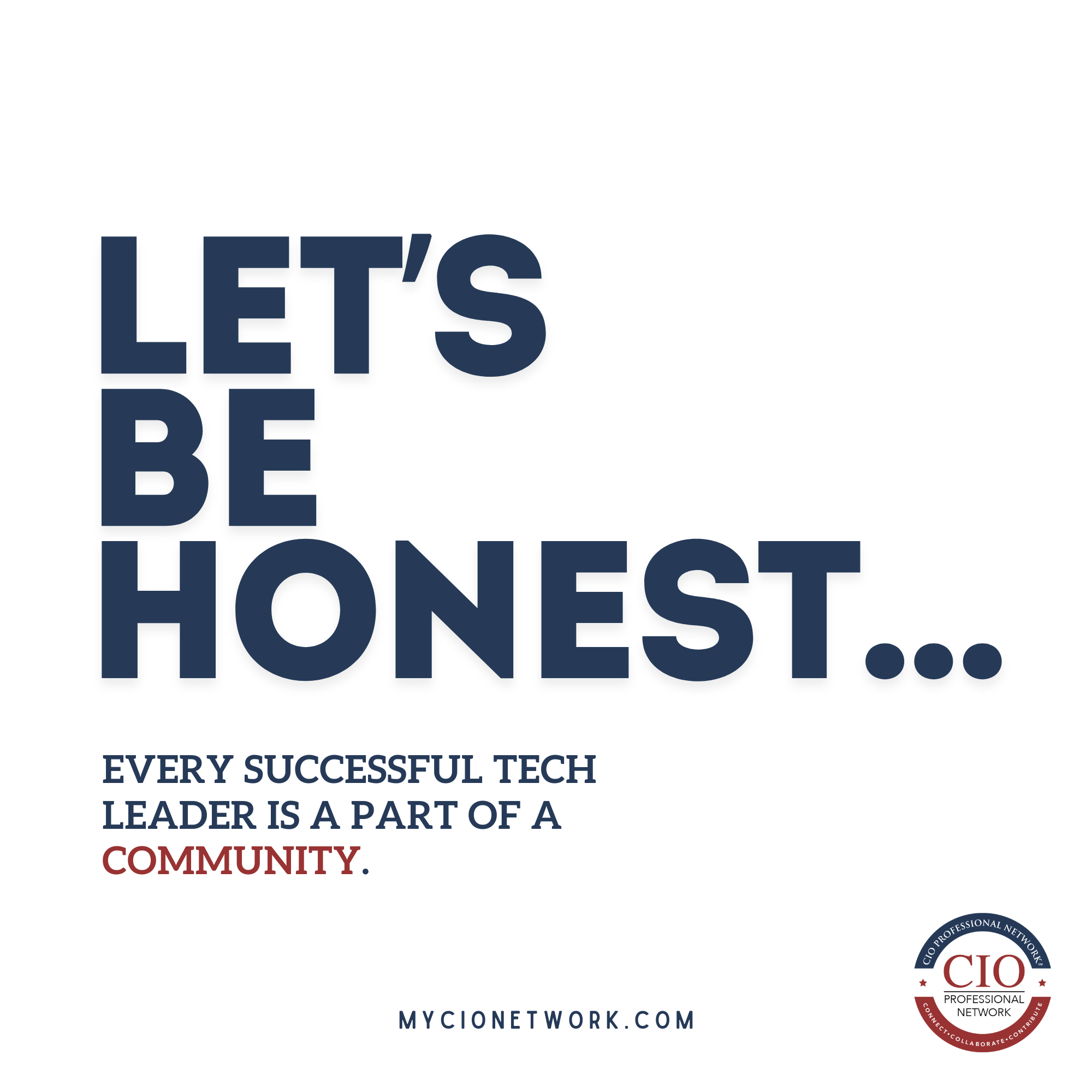When lives are on the line, seconds matter. Yet America’s 9-1-1 infrastructure still runs on systems increasingly prone to failure.
According to the newly released 2025 Pulse of 9-1-1 report, 88% of Emergency Communications Centers (ECCs) experienced at least one outage in the past year, up from 75% in 2024. Even more concerning, 9% suffered a cyberattack, such as a Telephony Denial-of-Service (TDoS), that directly disrupted emergency response.
This reality mirrors challenges facing many industries.
Whether you manage a hospital network, a financial operations center, a manufacturing plant, or a nationwide logistics platform, these pain points are not unique to public safety.
Outages Are Up, Threats Are Evolving
EECCs are facing record levels of system fragility. Bad actors now target critical public safety systems that people assume are always online. The lesson applies far beyond public safety: fragile, aging infrastructure is a serious risk when uptime means real-world safety and trust.
In finance, healthcare, and critical infrastructure, legacy systems and single points of failure are no longer tolerable. A ransomware attack that shuts down patient care, a DDoS that cripples customer transactions, the real-world consequences are too costly to ignore.
Burnout Is the New Staffing Crisis
Staffing vacancies remain stubborn in 9-1-1, with 74% of centers still reporting open roles, but retention is the bigger issue. Burnout has now overtaken hiring as the top workforce challenge. Nearly 70% of dispatchers feel daily pre-shift stress, and 22% of new hires fail to complete training, draining readiness.
Any industry that runs 24/7, from hospitals to airline operations to global customer service, faces the same truth: when high-stress jobs rely on outdated systems, people burn out, pipelines break, and continuity suffers.
Modernization must solve for both technology and the human layer.
AI Gains Traction, But Will Agencies Act
Amid these pressures, there are signs of progress. A strong 86% of ECC leaders say they are at least somewhat comfortable with AI helping with call taking, a major shift for a sector historically cautious about automation.
The potential is clear: automated triage, real-time translation, and transcription can free up human capacity for the judgment calls only people can make.
The same promise exists for healthcare, finance, and logistics, but too often, legacy platforms, unclear governance, and lagging roadmaps hold progress back.
Trusted insights for technology leaders
Our readers are CIOs, CTOs, and senior IT executives who rely on The National CIO Review for smart, curated takes on the trends shaping the enterprise, from GenAI to cybersecurity and beyond.
Subscribe to our 4x a week newsletter to keep up with the insights that matter.
Cloud, Redundancy, and Cyber Resilience Need to Advance
The survey shows momentum for cloud-native, dual-cloud architectures that strengthen resilience. Yet many ECCs remain on aging platforms with limited accuracy and no real failover.
The rise in TDoS attacks is a wake-up call for any CISO.
Similar gaps exist in utilities, finance, and supply chains, where ransomware or DDoS can bring operations to a standstill.
Proactive cyber defense, multi-cloud resilience, and robust incident response are no longer nice-to-haves; they are core to operational trust.
Key Imperatives for CIOs, CTOs, and CISO
Modernize for Resilience: Redundant, cloud-native systems should be standard. Downtime must be treated as an existential risk.
Strengthen Cyber Defenses: TDoS, ransomware, and targeted disruptions are cross-sector threats. Proactive mitigation, zero-trust frameworks, and multi-provider failover must be priorities.
Use AI as a Workforce Multiplier: Automated triage and AI-assisted workflows can reduce pressure and help retain talent. But success depends on governance, training, and clear policy.
Invest in People as Much as Platforms: Modular learning, stress management, and wellness programs protect the people who keep systems running. Burnout is an operational risk no hardware alone can fix.
The Wrap
There is no pause button when your customers, patients, or communities rely on you.
America’s 9-1-1 system shows what happens when legacy infrastructure, rising threats, and workforce fatigue collide.
For CIOs, CTOs, and CISOs across industries, the lesson is the same: modernize your systems, protect your people, and build resilience now, because when the next crisis comes, the cost of being unprepared is always higher than the cost of being ready.







